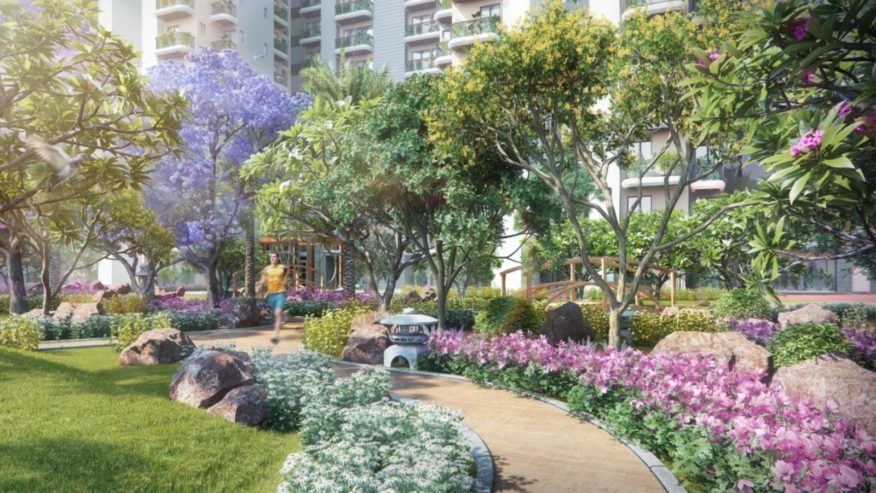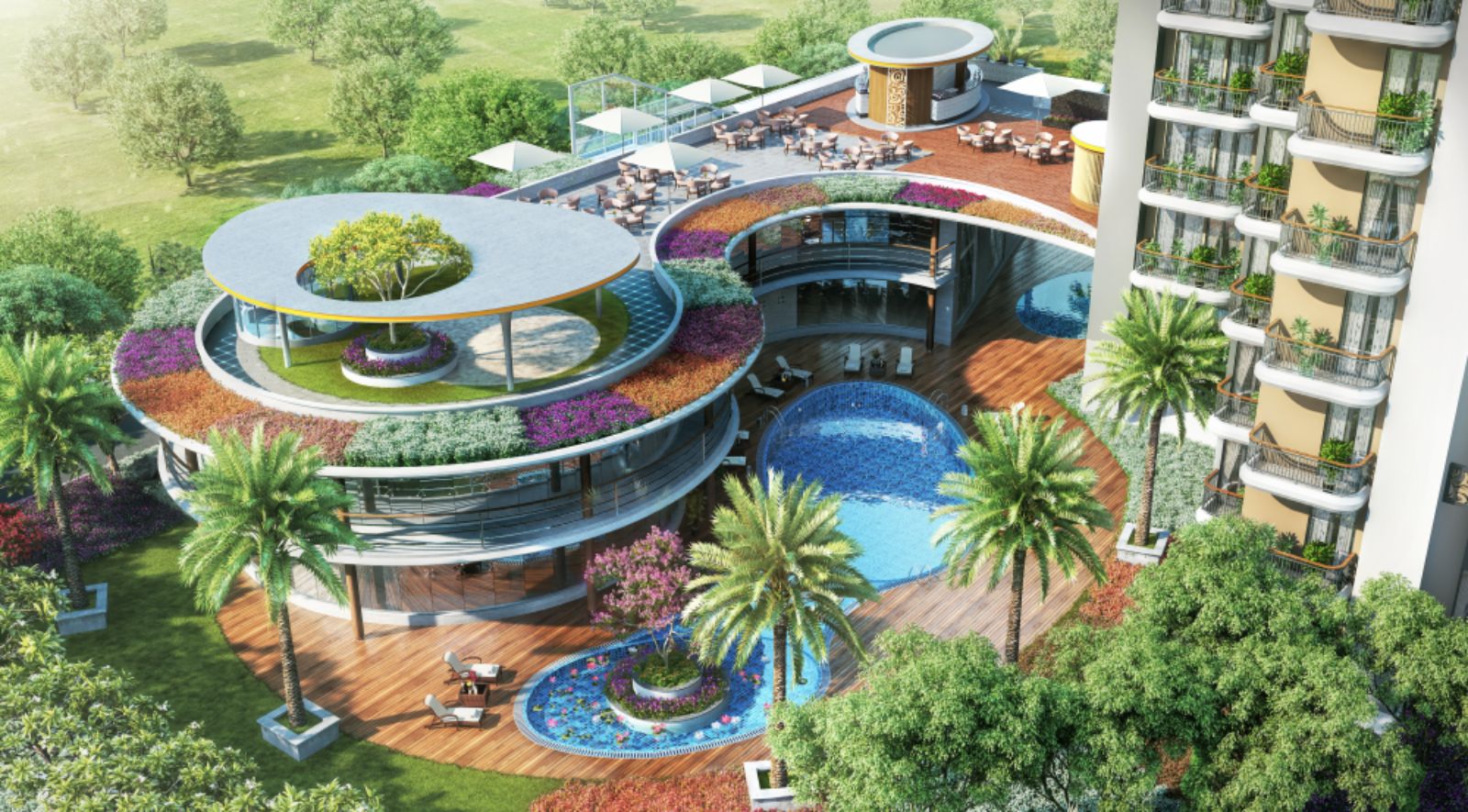
Novell Ikebana was planned as a housing development that would cater to the economic and mid-premium segment. It was conceived as a utilitarian and functionality-driven housing scheme that will set new benchmarks in housing design in the rapidly developing B-towns in North India. Yet, within the design, there are provisions, avenues, methods and expressions that allow for lifestyle and design to be incorporated artistically and tastefully.

Set amidst other high-quality residential developments such as the popular Ashiana, Ikebana is developed on 5.65 Acres of land (with the possibility of addition of another 2 acres), close to the Japanese zone, that is home to many industrial establishments. With direct connectivity to the service lane of NH8, there is exclusive access; focused on and dedicated largely to the Ikebana development.

Complete with a total of 700 apartments with a provision for another 200, with varied configurations of the economy segment of 2-bedroom apartments and mid-premium segment of 3 bedroom apartments, the development is all-inclusive with sufficient basement + surface parking, a utility mart under the 2 BHK tower, a luxurious club/ recreational facility located under the stilt area in the landscape etc.

Conceptualized from the Japanese art and style of flower arrangement called Ikebana, reflects the connection between the sky, the man and the earth, in which diversity comes into play, manifesting itself in a mélange; the inter-play of spaces, yet imaginative while being geometric, and inherently, typically Japanese. Inheriting a clean linear site, and planned with high density square-ish towers, Ikebana is defined by clean, straight lines and boundaries and is driven by an egalitarian approach.
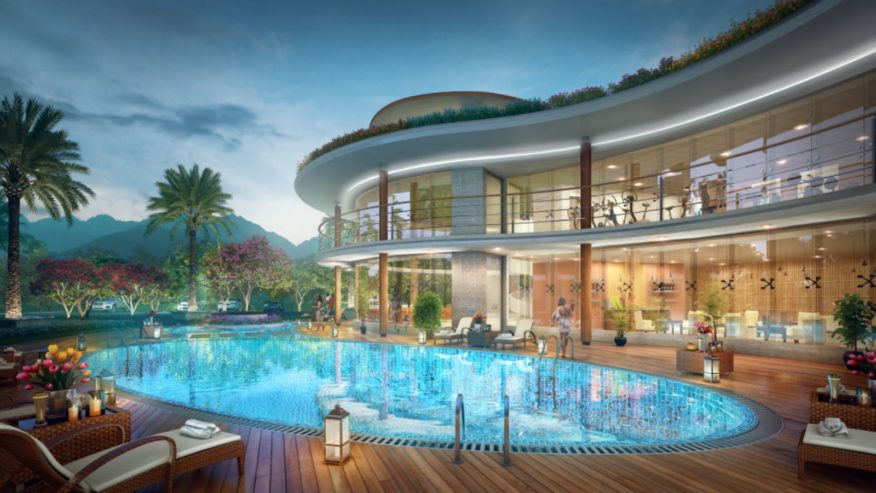
Imbibing the art of flower arrangement, the form is straightforward with free-flowing curves, edges that soften the sharpness, roof forms that endow the authoritative straights with an aura of organic appeal, and a botanical flavor, with an almost feminine softness. All the units are designed as eight apartments with a common core, that look into the central green and are open on two sides to bring in maximum light and permit sufficient ventilation. With naturally-lit staircases and shared walls, economical construction and heat insulation are achieved efficiently.

Creatively expressing cohesiveness with nature, beauty and green spaces, the curvaceous roof forms are a tribute to the large Peepul or Bargad tree canopies, that provide shade in man-made hardscapes. The roof canopies bring respite and relief on the terrace. Crafted as a long, connected expanse of 500 feet, it has meandering walk-ways, shaded seating place and places for congregation, meditation, yoga, leisurely strolls etc.
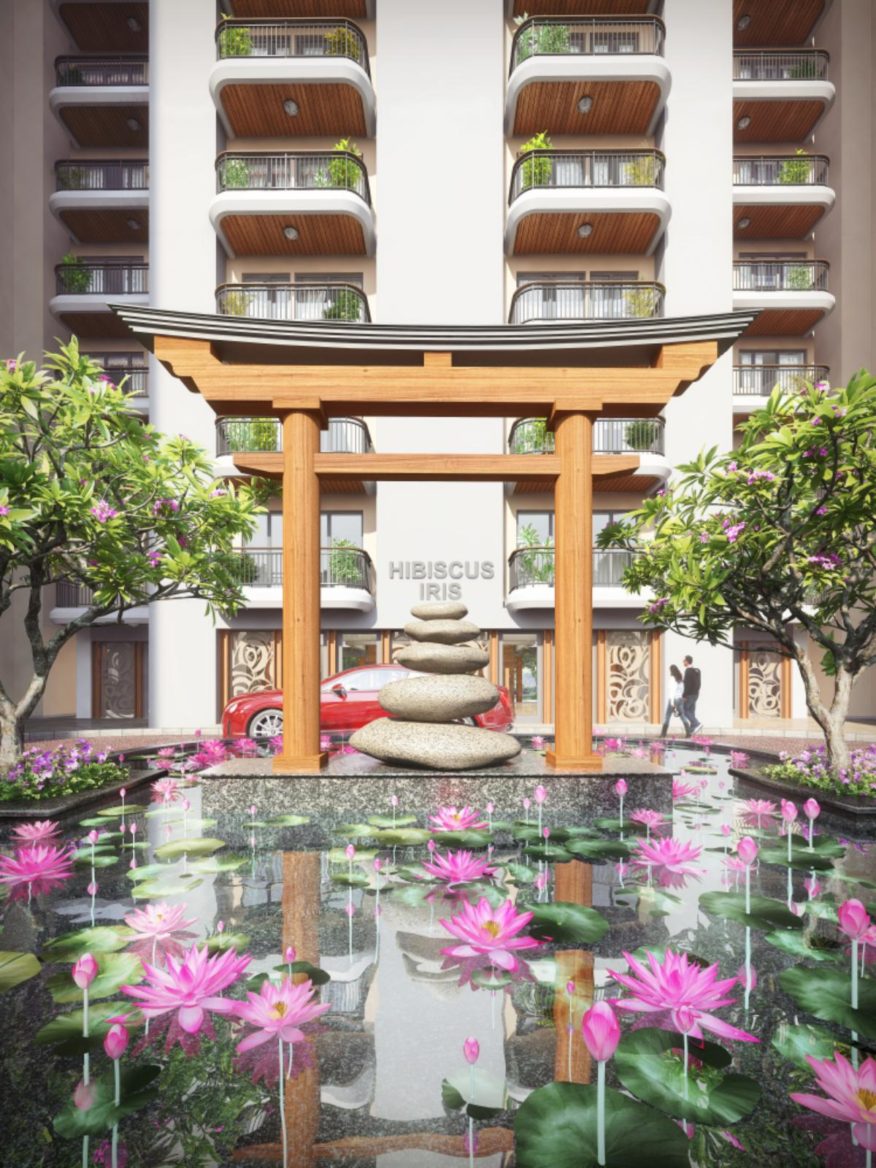
The club, which is the cynosure of any residential development, has been positioned at the cross roads of the current and future development in order to create a form that invites one surreptitiously into its domain; a form that one enters without realizing that one has arrived! In sharp contrast to the typical forms of residential development, Ikebana is developed as a curvilinear form: wrapped around, merged with and in resonance with the landscape.

A form in which the outdoors gradually melts into the indoors, softened and aided by a languid pool and entry puddle. Together with the usual components like a multi-cuisine restaurant, a party hall, an AI-Fresco pool-side dining, a health and wellness gymnasium et al, the massive roof top is manicured and developed to bring nature and humanity together. The site landscape is laid-back, formal, yet lazy, with unpunctuated greens of almost an acre, interspersed with tot-lots, fragrance gardens, activity zones, with a Japanese penchant for immaculate arrangements built into the spirit of design.
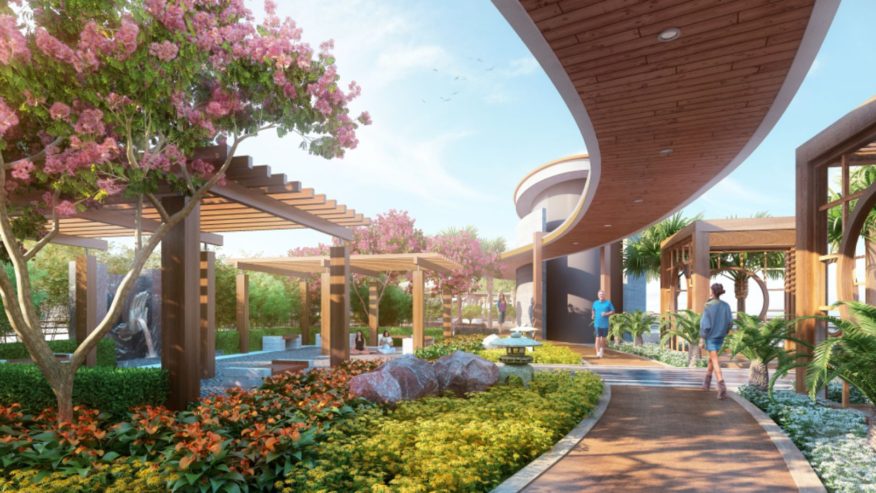
Appreciating nature, the drop-off zones of the towers are imbued with the same approach; large, expansive, tree-lined and clearly demarcated for vehicular and pedestrian. They lead into the covered indoor spaces in the belly of the residential towers that are used for lobbies, waiting zones, light visitor handing and circulation. The points for entry and exit for the basement are located close to entrance to enable smoother transitions, while an internal peripheral road is maneuvered to limit vehicular movement at surface level and segregate the pedestrian from the vehicular.
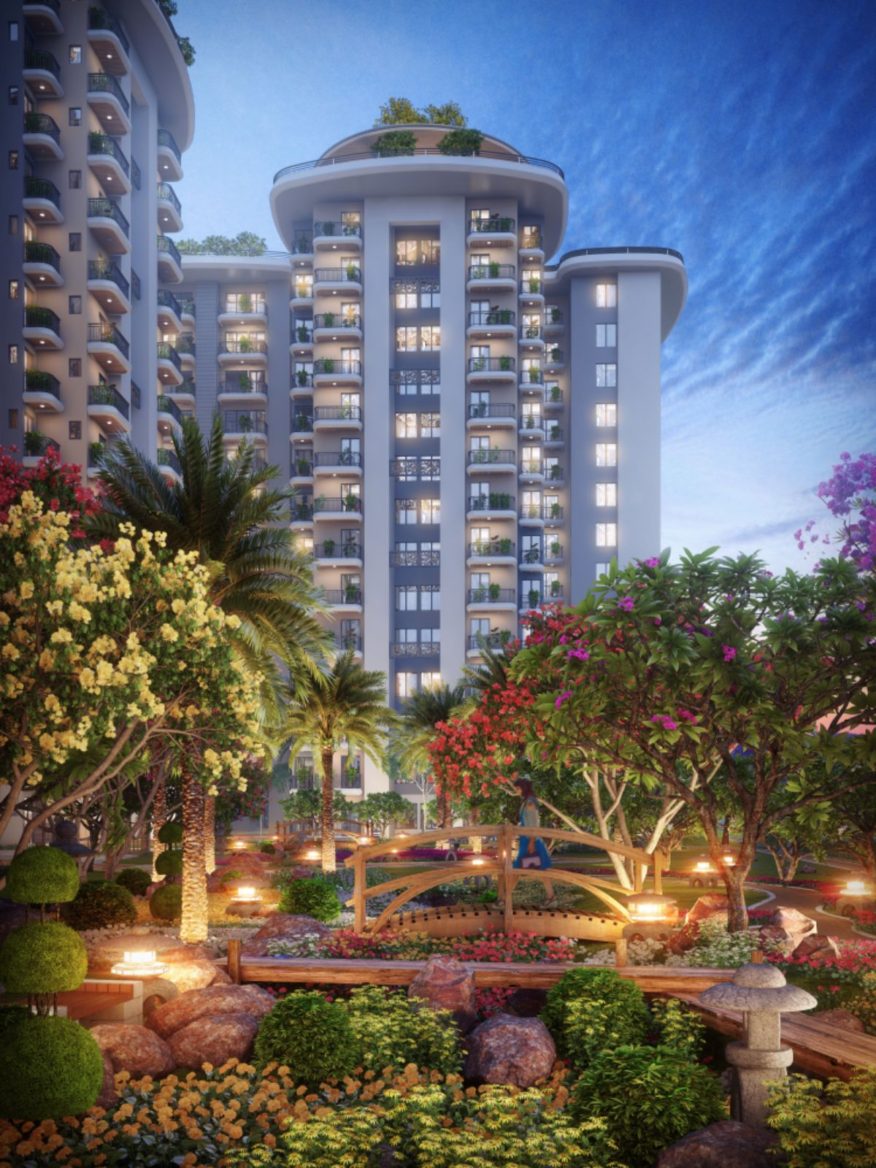
Emphasizing shape, line and form, the design process blends the softness of the nuances of nature with utilitarian goals of a functional building: like pathways, parking, play and congregation areas, resulting in the creation of a haven to relax the mind, body and soul; a charming treat for the residents’ senses. Source by Design Forum International.

- Location: NH8, Neemrana, India
- Architect: Design Forum International
- Year: 2017
- Images: Courtesy of Design Forum International

